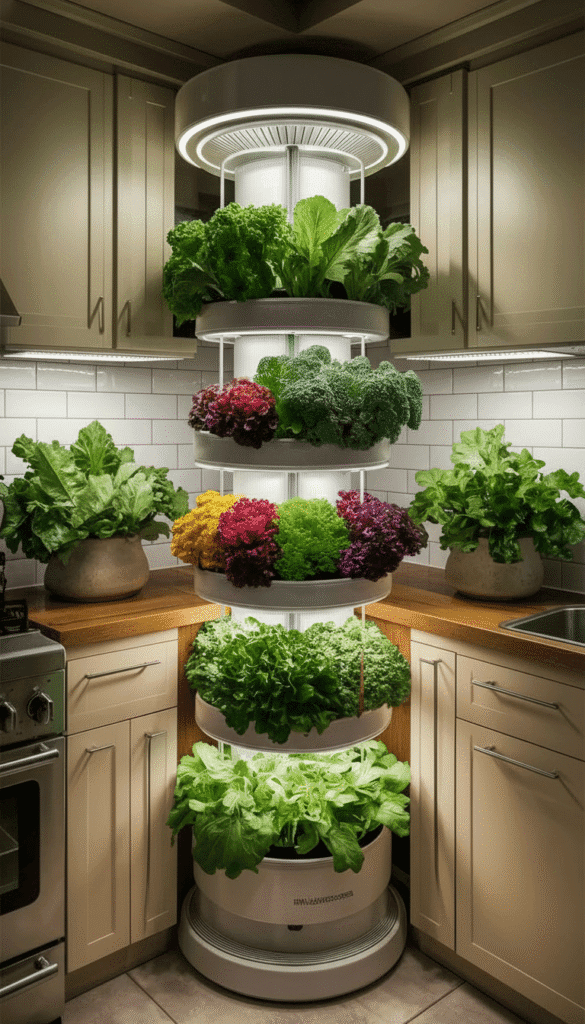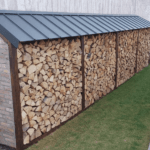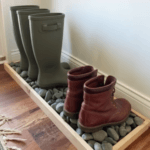Why Stop Growing When the Snow Falls?

With the rise in sustainable living and the growing trend of wellness-focused lifestyles, the indoor vegetable garden has become the ultimate home improvement project for 2025. Not only does it offer a convenient way to have fresh produce at your fingertips while a blizzard rages outside, but it also enhances your living space with a vibrant touch of nature.
Whether you’re a seasoned gardener or just starting, this guide will walk you through everything you need to know about cultivating your own indoor oasis.
In this 2025 Edition, we explore the two best paths to success:
The Tech Route: Using Smart Gardens (Hydroponics) for guaranteed results.
The DIY Route: Creating a custom soil setup with advanced LED lighting.
🚀 Option 1: The “Smart Garden” (Hydroponics)
Best for: Beginners, Busy Professionals, and Tech Lovers.
If you kill every plant you touch, or if you simply want guaranteed basil without the mess of soil, Smart Gardening is the future. These systems automate light, water, and nutrients
The Market Leader:
For 2025, our top recommendation is the Smart Garden (Check Black Friday Deals).
- How it works: It uses NASA-inspired “Smart Soil” that releases nutrients in sync with the plant’s life cycle. You just click in the pods (like a coffee machine), fill the tank, and plug it in.
- Why we love it: It’s silent, sleek, and pest-free.
- What to grow: It’s perfect for Lettuce, Basil, and Mini Tomatoes.
💡 DEAL ALERT: Smart Gardens are one of the most discounted items during Black Friday. Don’t miss the chance to grab a starter kit at a fraction of the price.
🛠️ Option 2: The DIY Soil Setup (Custom Lighting)
Best for: Traditional Gardeners and Large Harvests.
Prefer getting your hands dirty? Building your own indoor vegetable garden gives you total control. However, the biggest challenge indoors is Lighting. A windowsill in December just isn’t enough.
1. Lighting Is Essential
Most vegetables need 12-16 hours of intense light.
- The Upgrade: Don’t use ugly purple industrial lights. Use Smart Grow Lights.
- Why? They mimic natural full-spectrum sunlight but look like high-end decor. Plus, you can control the timer from your phone via Wi-Fi. No more forgetting to turn the lights on!
2. Proper Soil and Containers
- Soil: Use a high-quality potting mix designed for vegetables (light and airy).
- Containers: Ensure drainage! Water should not pool at the bottom.
- Pro Tip: If you are building large wooden planter boxes for your indoor garden, treat the wood with eco-friendly sealant. Need tools? A VEVOR Sander is perfect for smoothing out reclaimed wood planters.
3. Temperature and Humidity
Vegetables grow best between 65°F to 75°F.
- The Secret: If your home is dry in winter, place a small humidifier near your lettuce. They love moisture!
Top 5 Vegetables for Your Indoor Garden
Not all veggies thrive inside. Stick to these winners for a high ROI (Return on Investment):
- Lettuce & Leafy Greens: Fast-growing (30 days) and shallow roots.
- Herbs: Basil, cilantro, and parsley save you a fortune compared to grocery store prices.
- Dwarf Tomatoes: Look for varieties like “Tiny Tim” bred for containers.
- Peppers: Chilies love the consistent heat of a home.
- Microgreens: Ready in just 10 days. The ultimate superfood.
Step-by-Step Guide to Starting Today
Step 1: Choose the Perfect Spot
South-facing windows are gold. If you don’t have one, designate a corner for your Smart Garden or LED setup.
Step 2: Pick Your System
Decide today: Are you going Hydroponic or Soil (Pots & Lights)?
Step 3: Plant & Water
- For Soil: Keep damp but not soaked.
- For Hydroponics: Fill the tank and wait for the light to blink when it needs more.
Step 4: Rotate & Pollinate
Indoors, there are no bees! Gently shake your tomato plants once a day to help them pollinate. Rotate pots every few days so they don’t lean towards the light.
FAQ Indoor Gardening 101
Q: Do indoor vegetable gardens attract bugs?
A: Soil gardens can attract fungus gnats. To avoid this, let the top inch of soil dry out between waterings. Hydroponic systems are virtually pest-free because there is no soil for bugs to breed in.
Q: Can I grow vegetables indoors without sunlight?
A: Yes! With full-spectrum LED grow lights, you can grow lush vegetables in a closet if you wanted to.
Q: Is it worth the cost?
A: Absolutely. An indoor vegetable garden pays for itself in about 4-6 months just in saved grocery bills (especially for expensive herbs) plus, the mental health benefit of seeing greenery in winter is priceless.





8 thoughts on “The Ultimate Indoor Vegetable Garden Guide: Grow Fresh Food All Winter (2025)”